Cartoon Portrait Drawing
- caricature /
- Cartoon Portrait Drawing
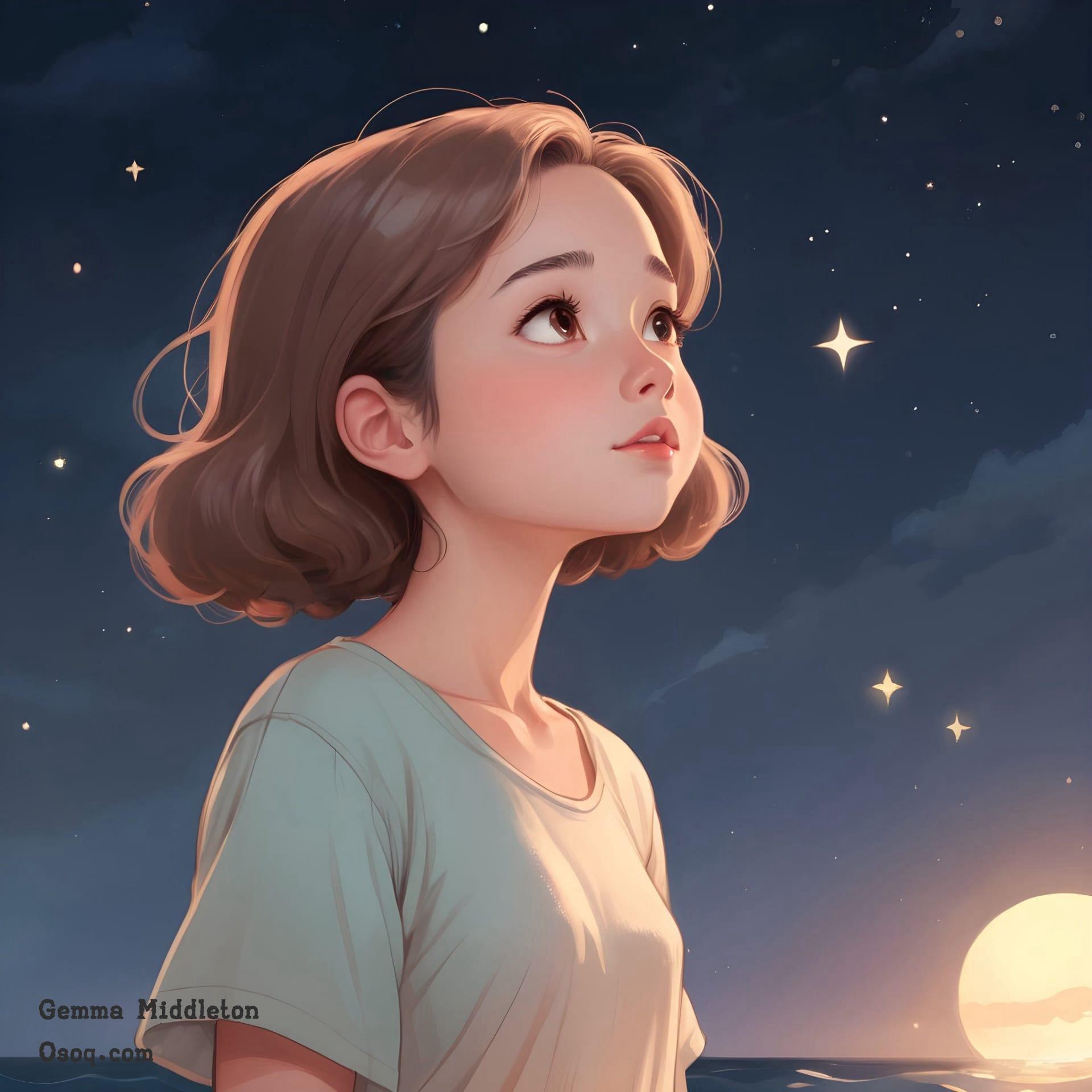
Cartoon portrait drawing often starts with basic shapes like circles and squares to form the foundation of the head and body. This technique helps in maintaining proportions while keeping the style playful and exaggerated.
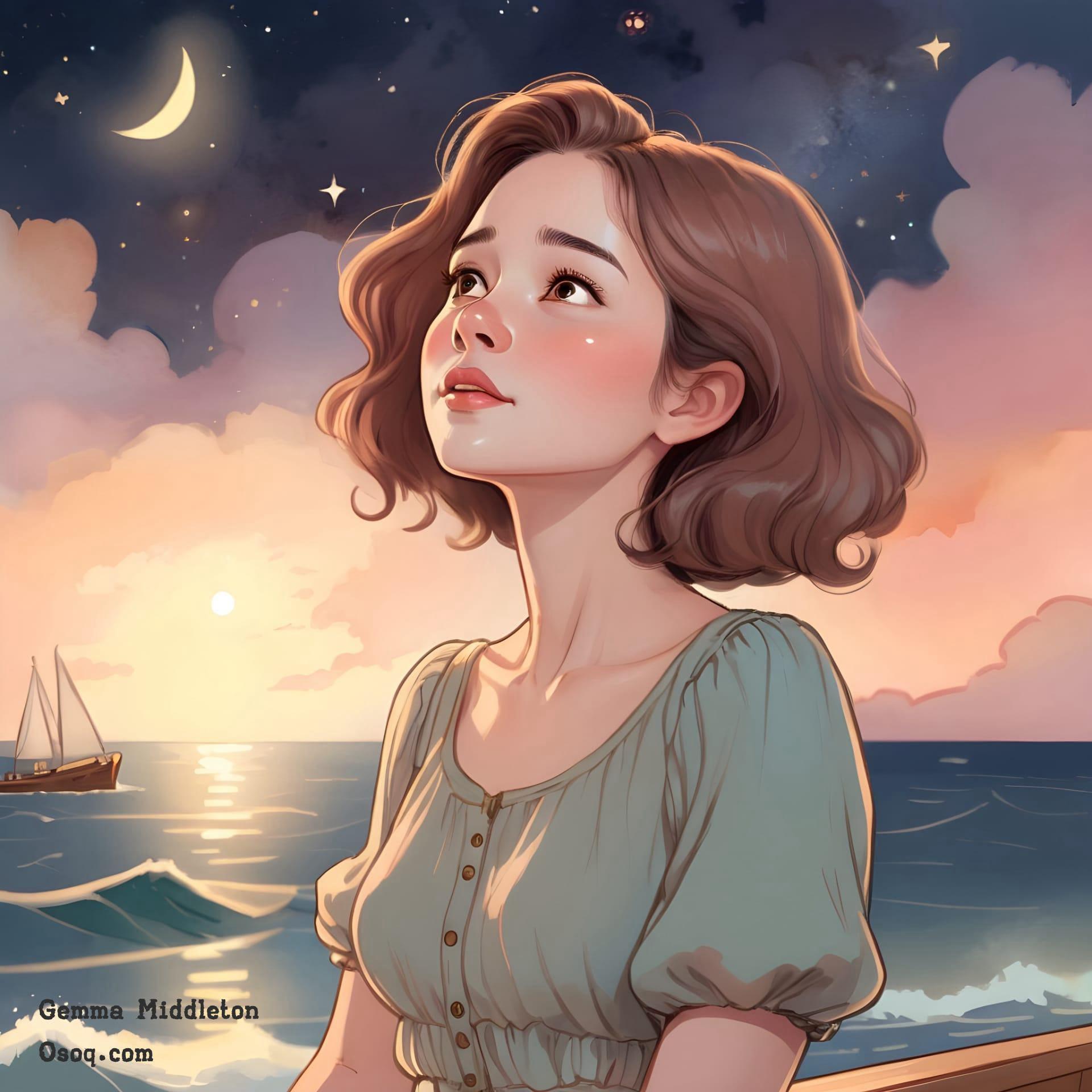
When drawing cartoon portraits, artists usually emphasize expressive features such as big eyes or a wide smile. This not only conveys the character's emotions effectively but also adds to the charm of the cartoon.
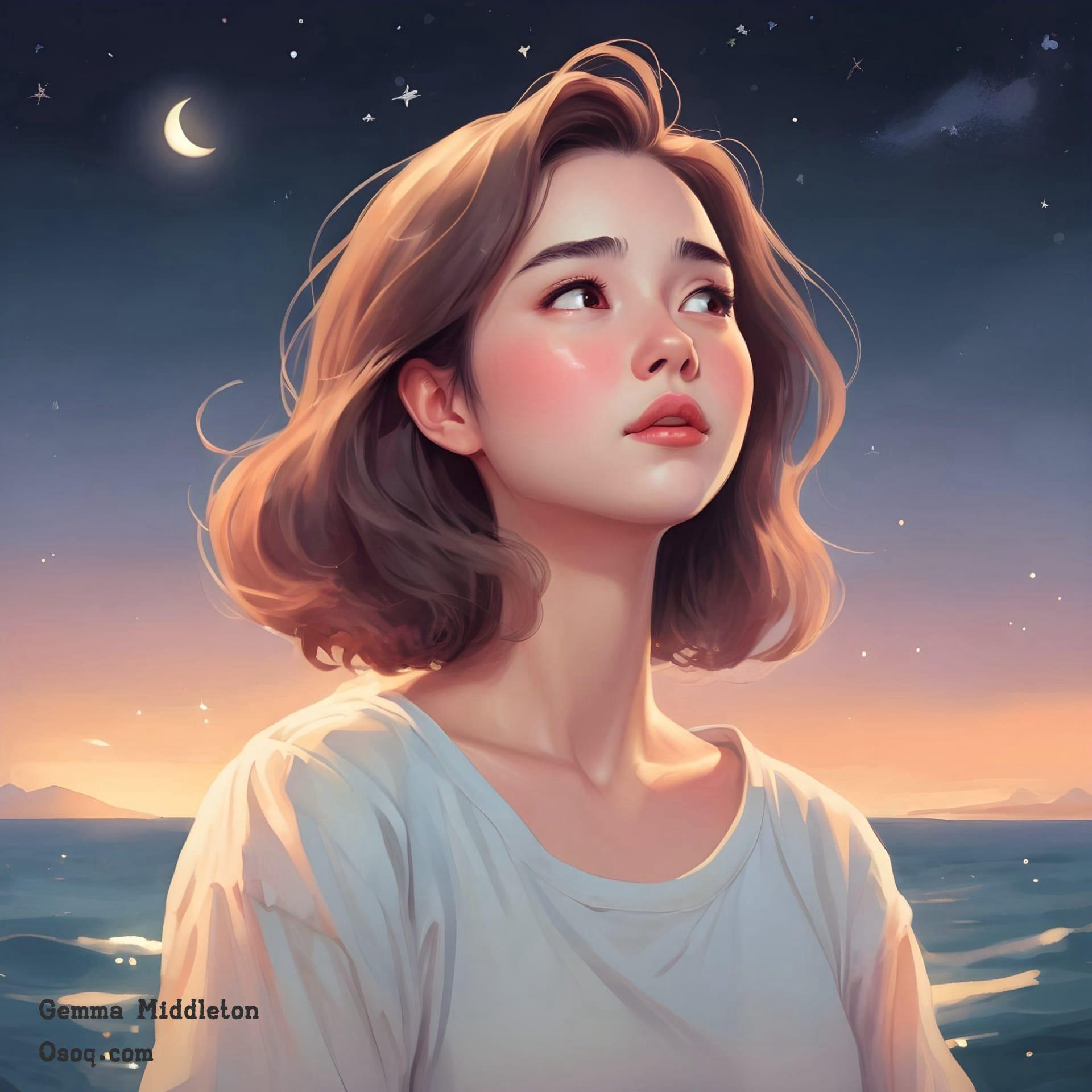
One interesting approach in cartoon portrait drawing is the use of vibrant colors. Unlike realistic portraits that often stick to lifelike shades, cartoons can explore a more vivid palette to bring characters to life.
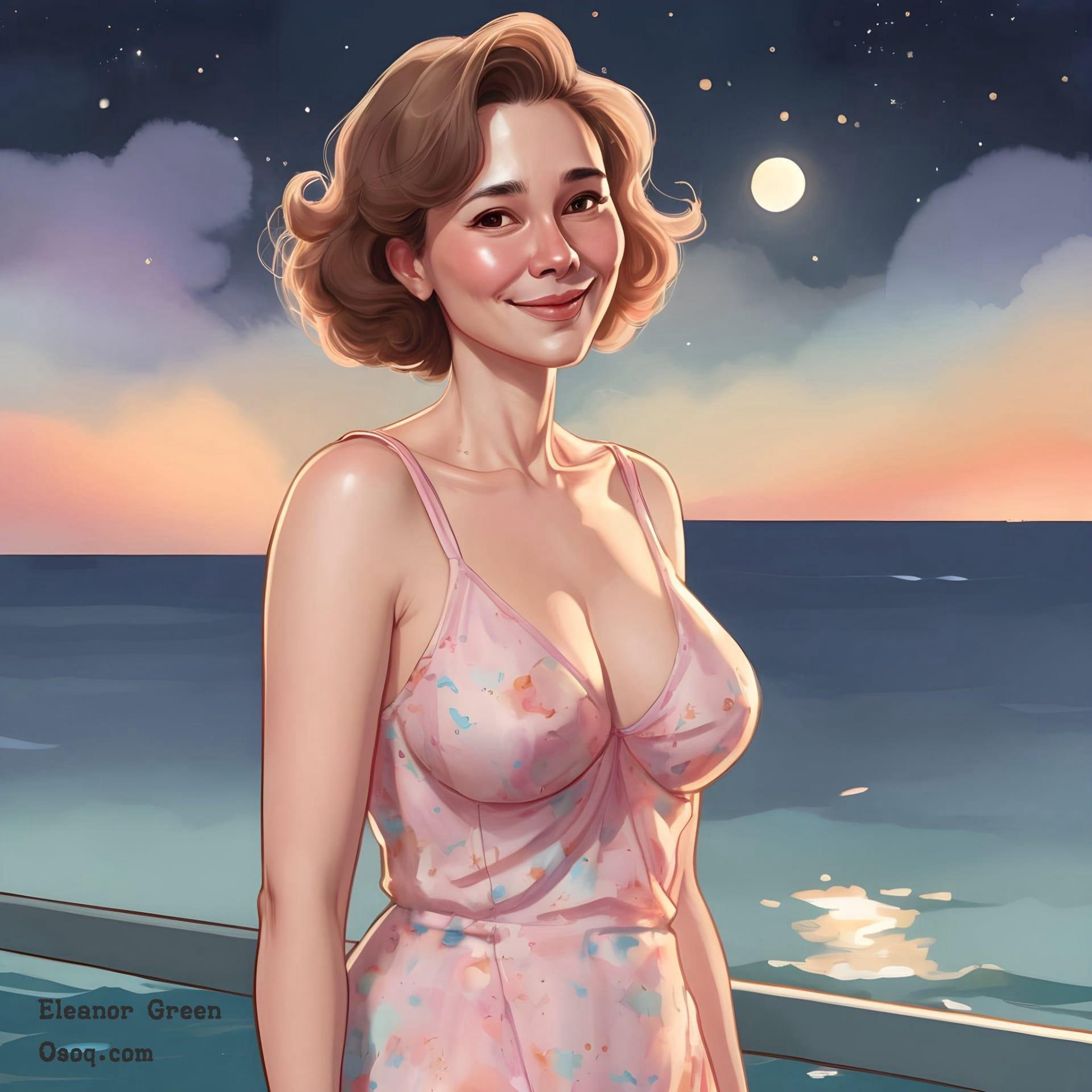
Cartoonists often use a technique called "line of action" to create a dynamic feel in their drawings. This imaginary line runs through the character’s body to guide the pose, adding movement and excitement to the portrait.
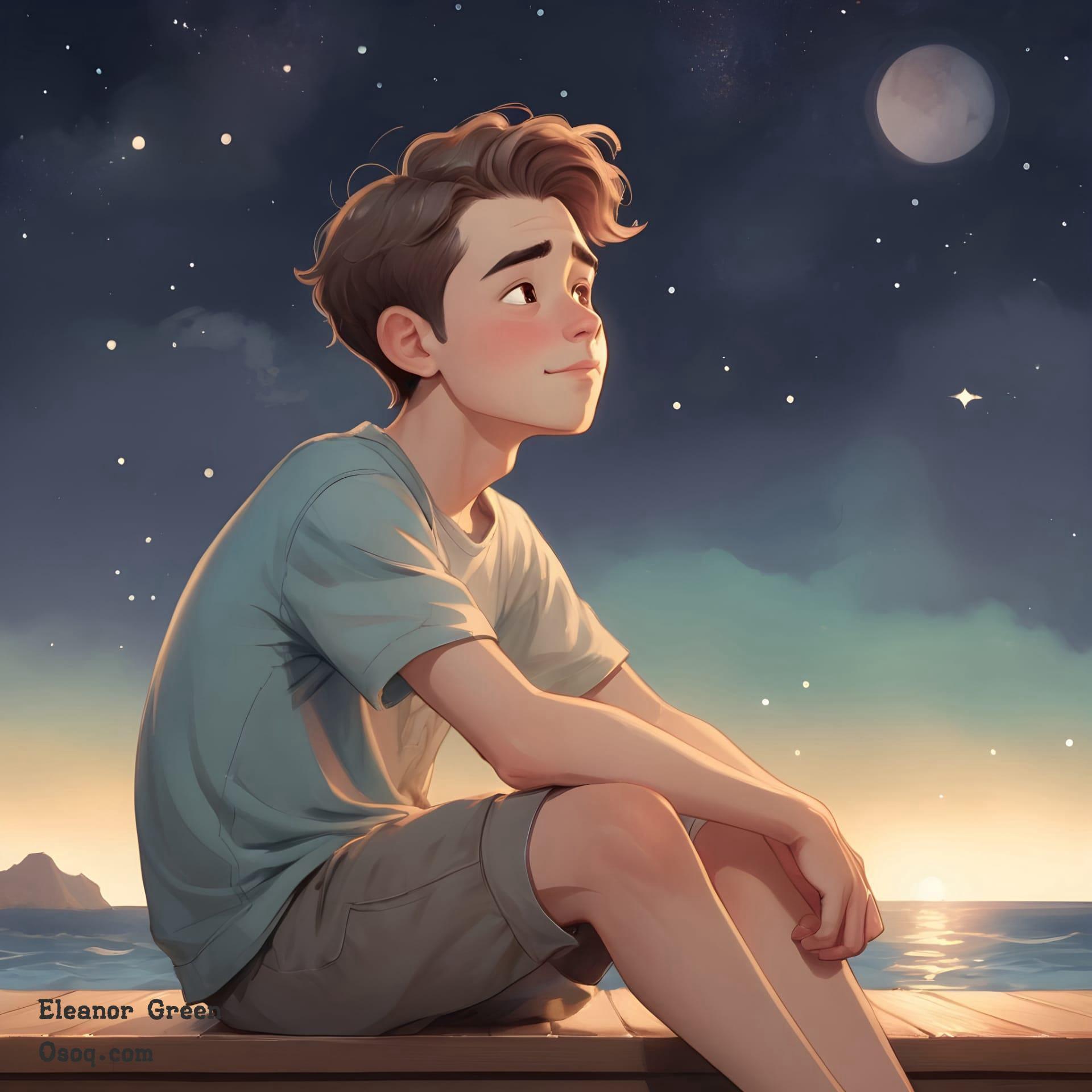
The exaggeration of features is key in cartoon portrait drawing. Whether it’s an elongated nose or oversized ears, these elements help to create a unique and instantly recognizable character.
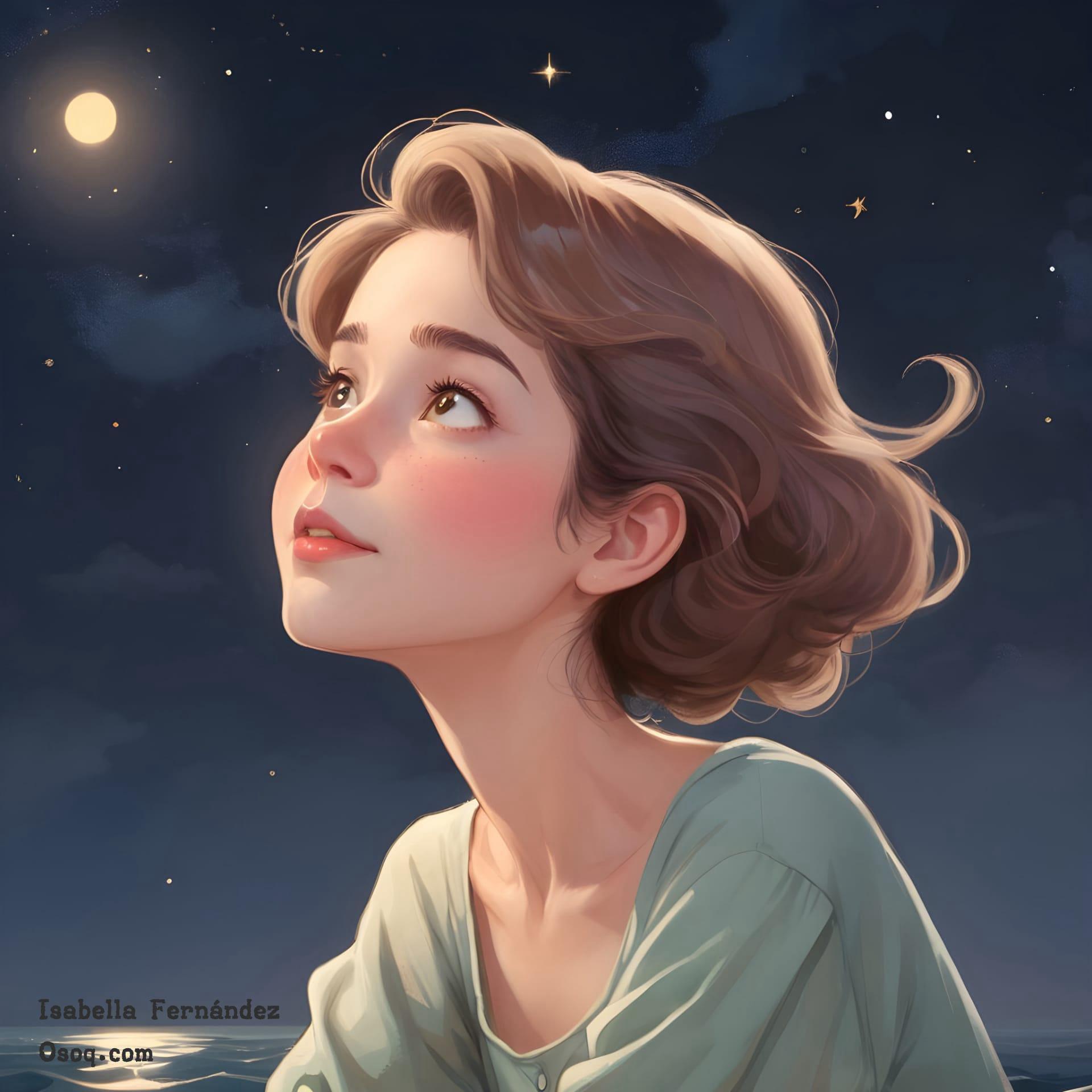
Shadows and highlights in cartoons are usually simplified compared to traditional portrait drawing. Bold and clear contrasts help in emphasizing certain features and expressions more effectively.
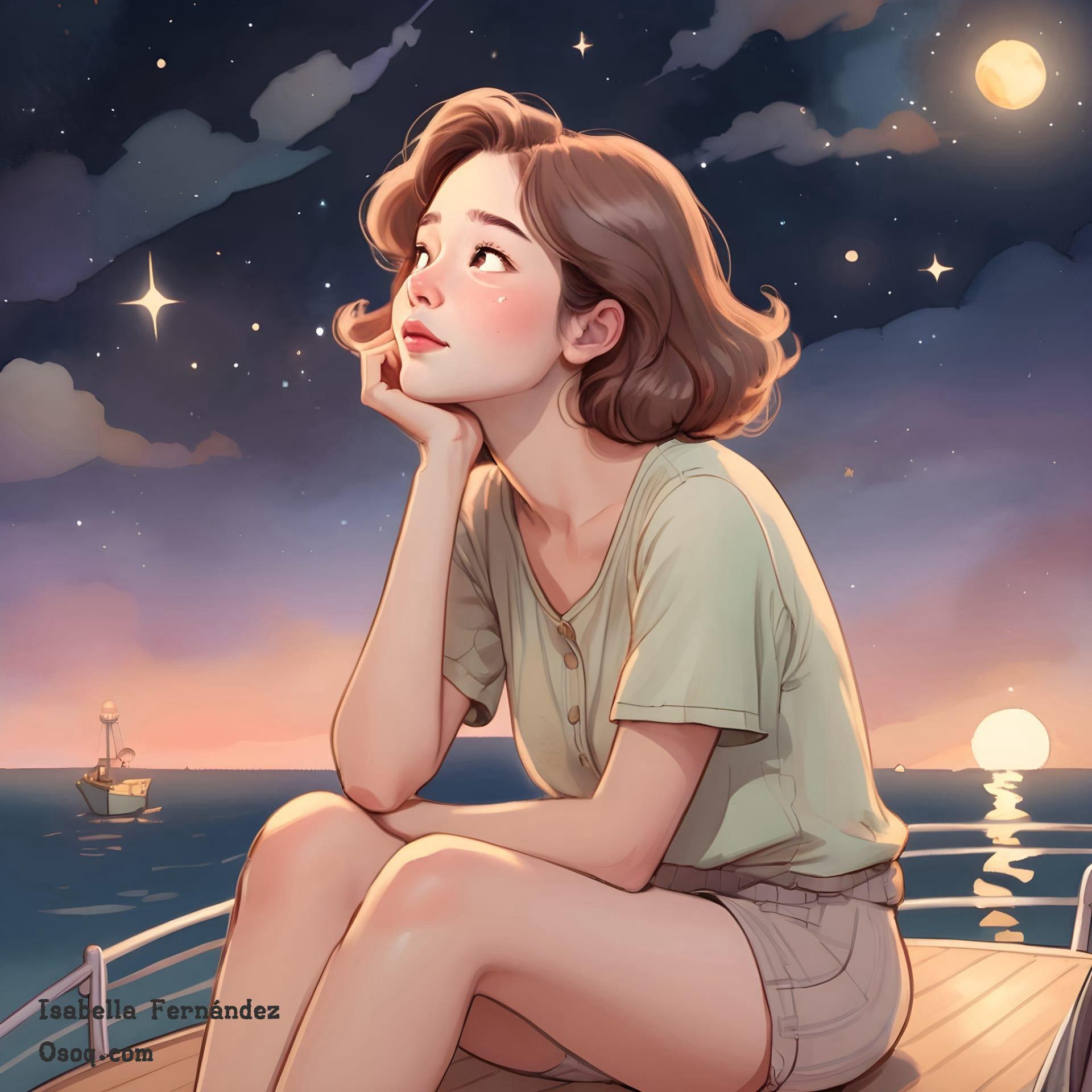
Cartoon portrait drawing also often includes symbolic elements like speech bubbles or thought clouds. These not only add context but also enhance the storytelling aspect of the portrait.
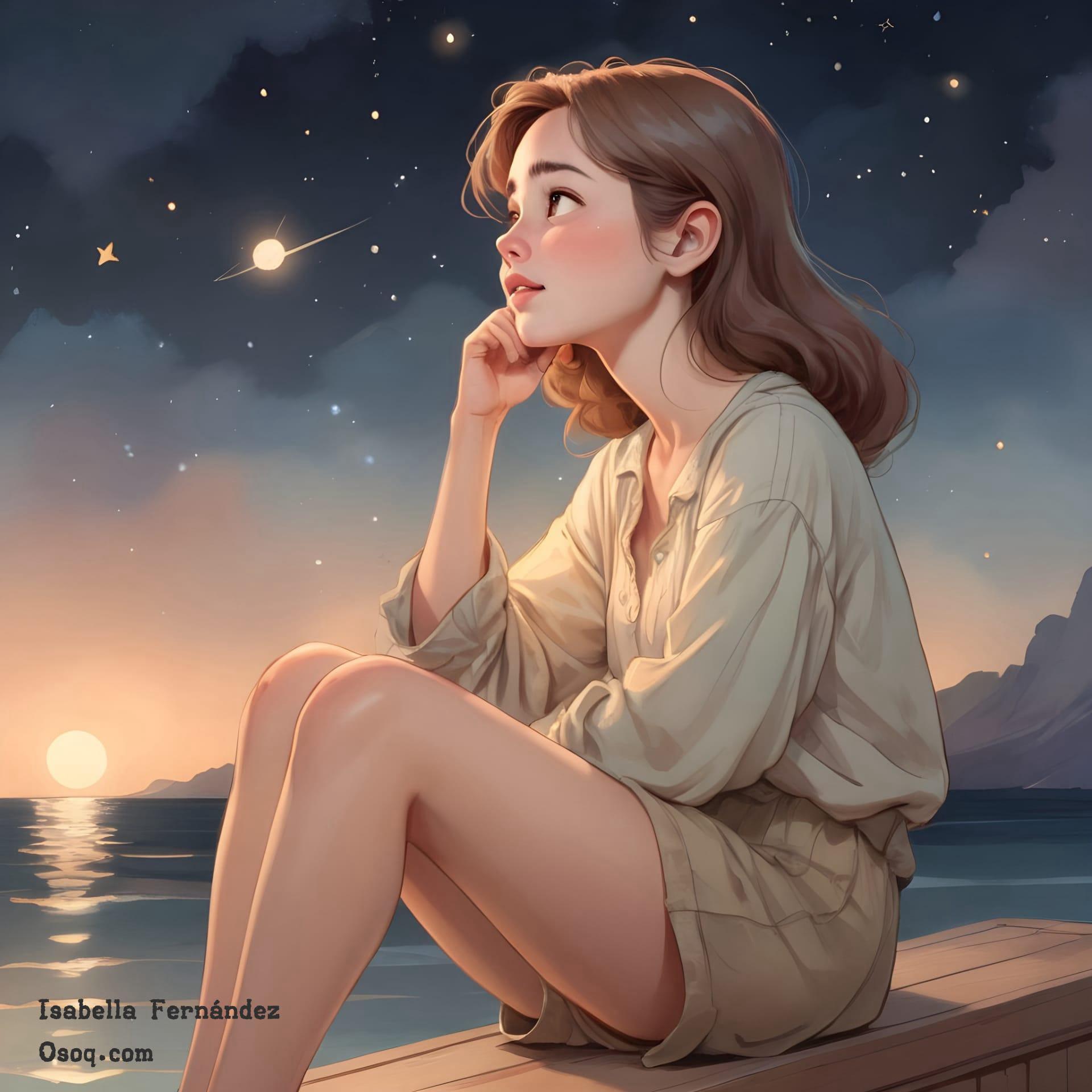
A common practice among cartoonists is to draw several rough sketches before finalizing the design. This process allows them to experiment with different expressions and poses.
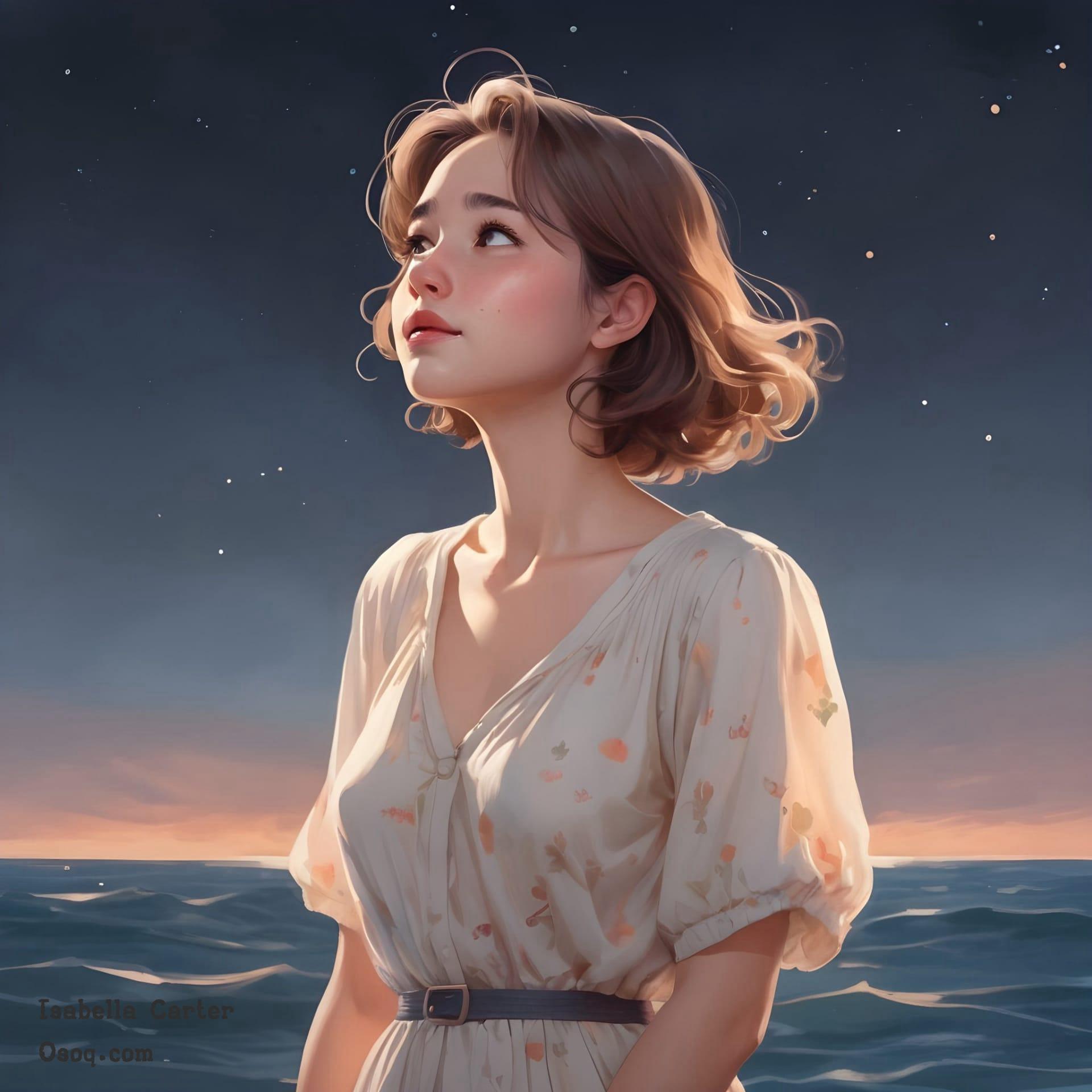
Cartoon portrait drawing can be a great way to convey humor. Artists often incorporate funny elements or situations that can make the portrait not just a depiction but a story in itself.
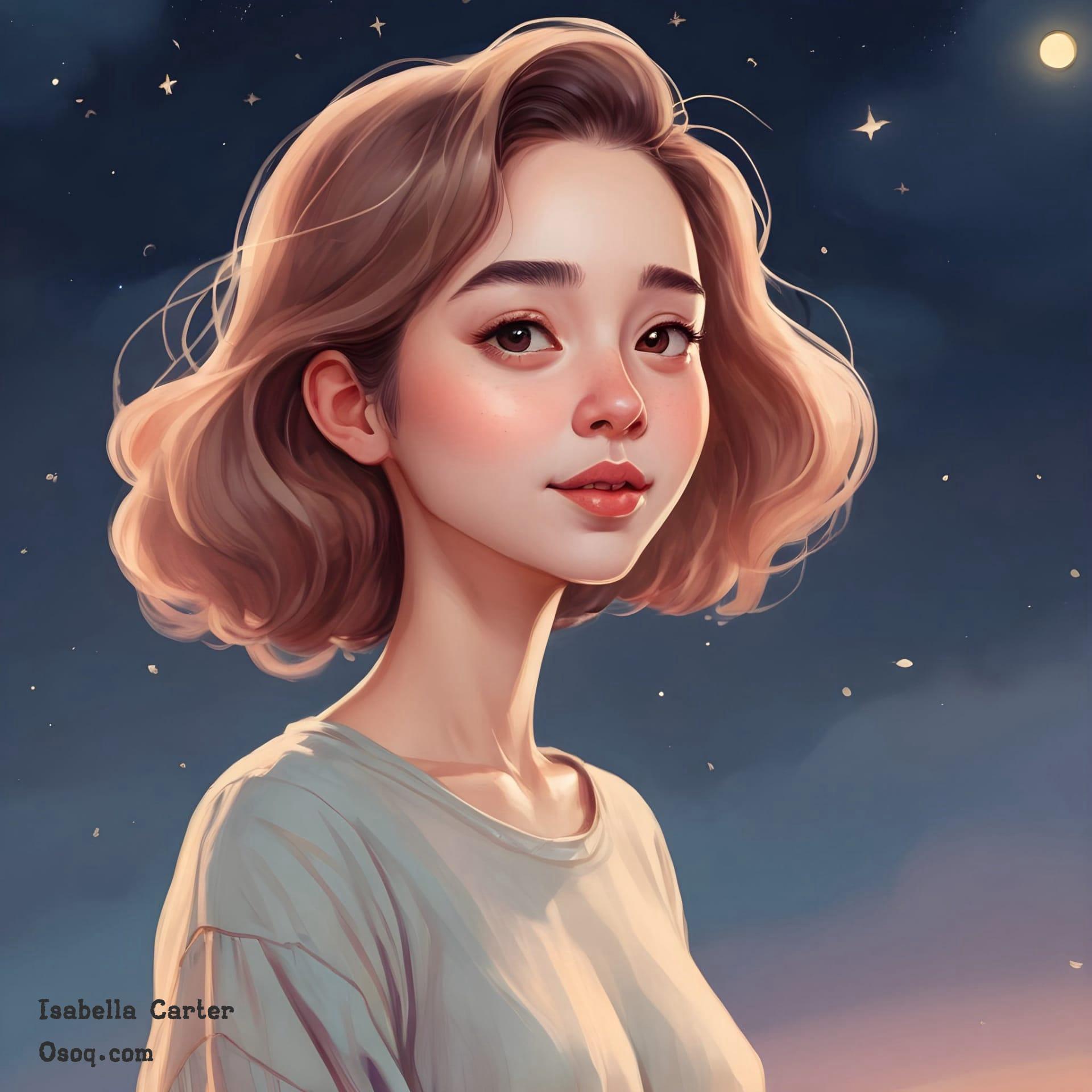
In terms of tools, cartoonists may use anything from pencils and markers to digital tablets. Each tool offers different advantages, like ease of editing in digital formats.
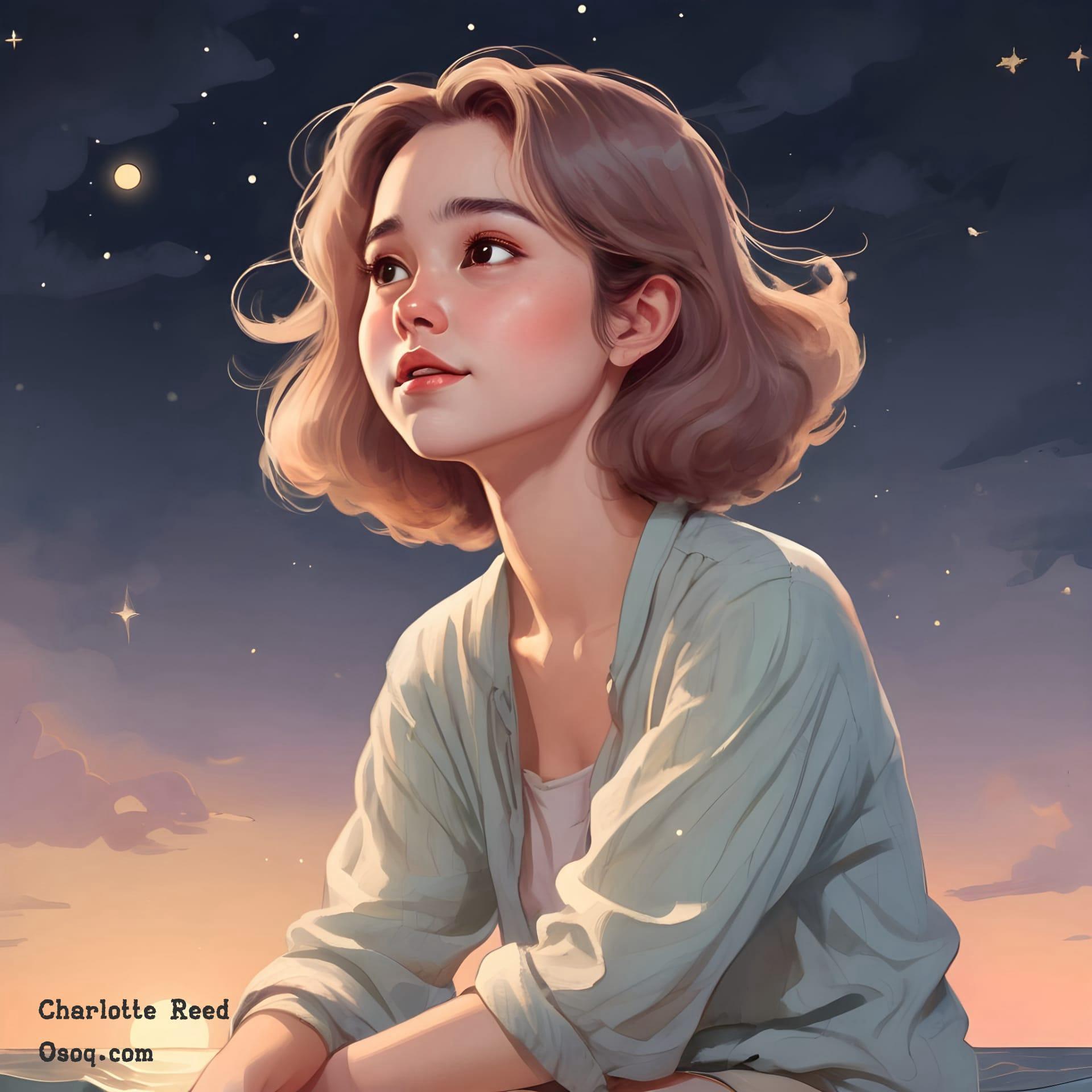
The stylization of hair in cartoon portraits can be quite imaginative. Instead of detailed strands, hair might be represented by simple shapes or bold strokes.
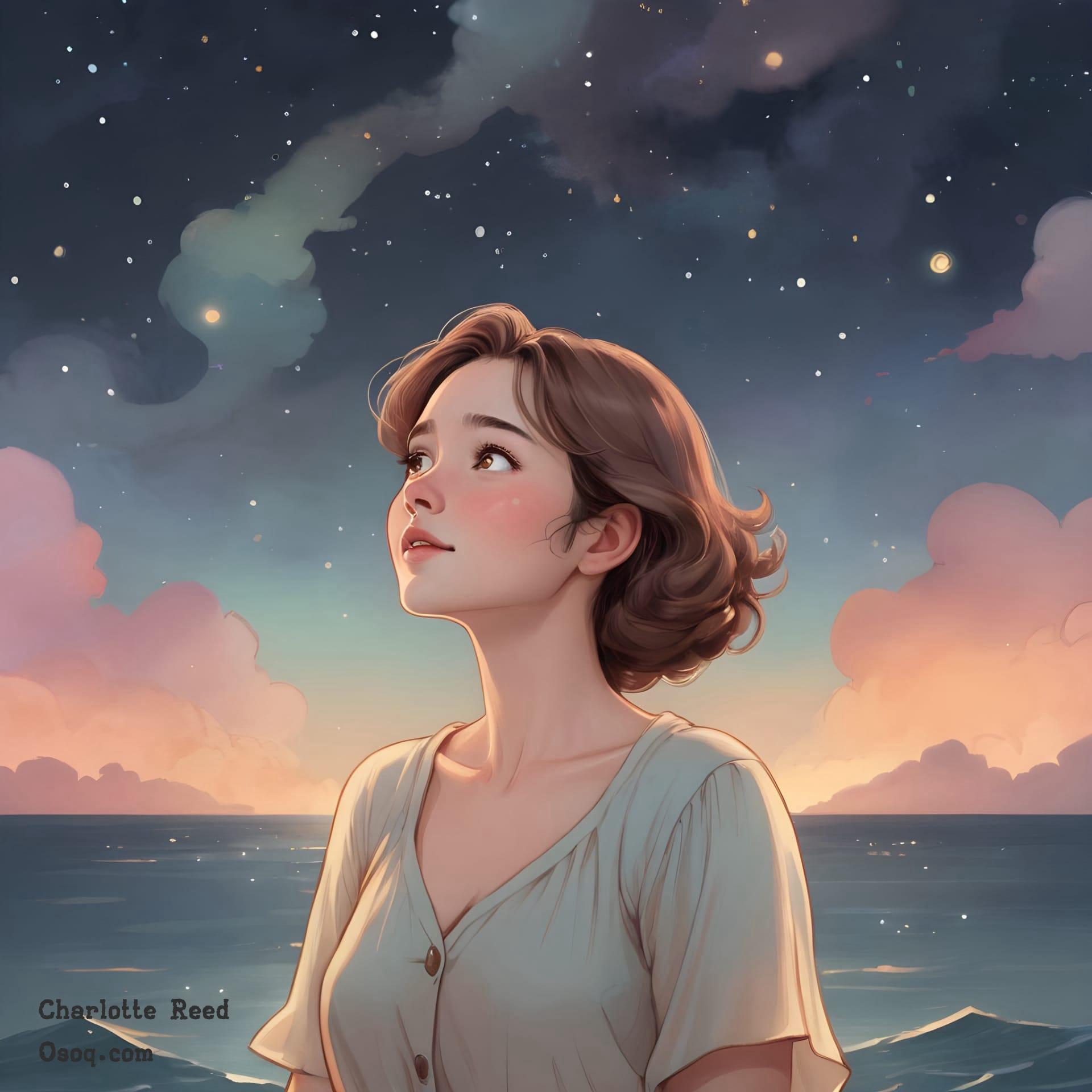
When creating cartoon portraits, artists often think about the audience. Characters designed for children, for example, tend to have softer features and brighter colors.
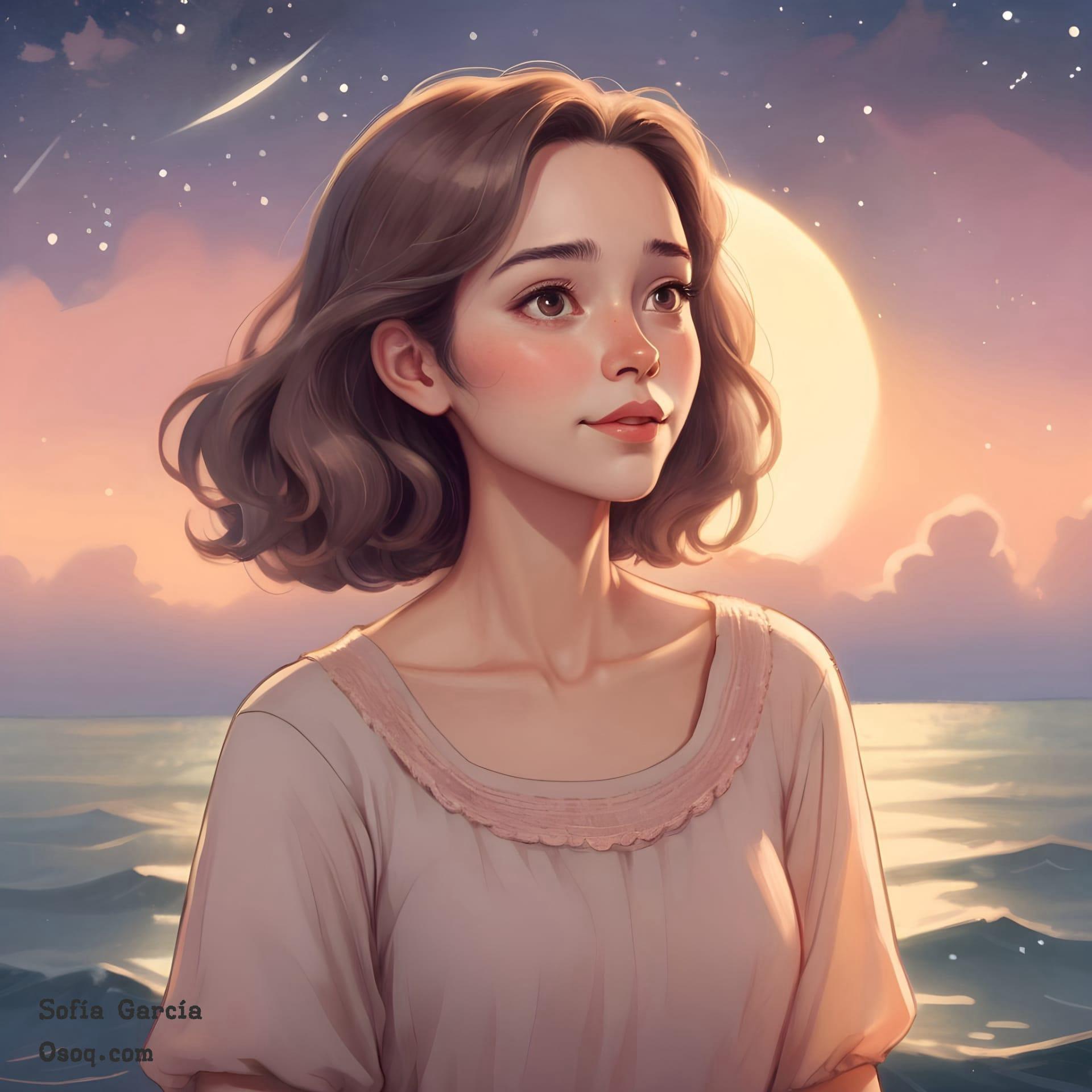
Interaction between characters is another aspect of cartoon portrait drawing. Showing characters in interaction can add layers of depth and relationship dynamics to the artwork.
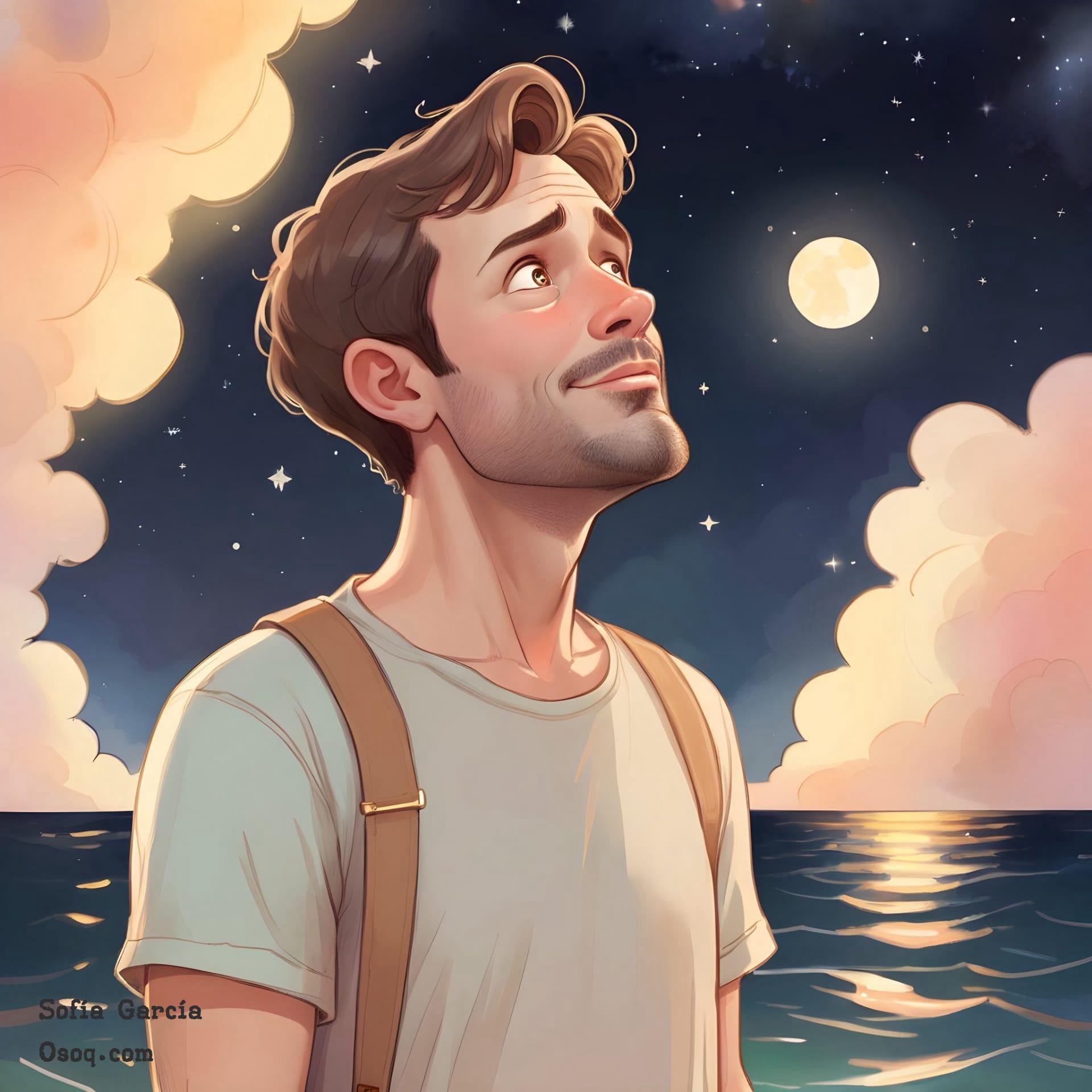
Cartoon portrait drawing doesn’t always adhere to realistic human proportions. Artists often alter proportions for stylistic reasons or to highlight certain traits of the character.
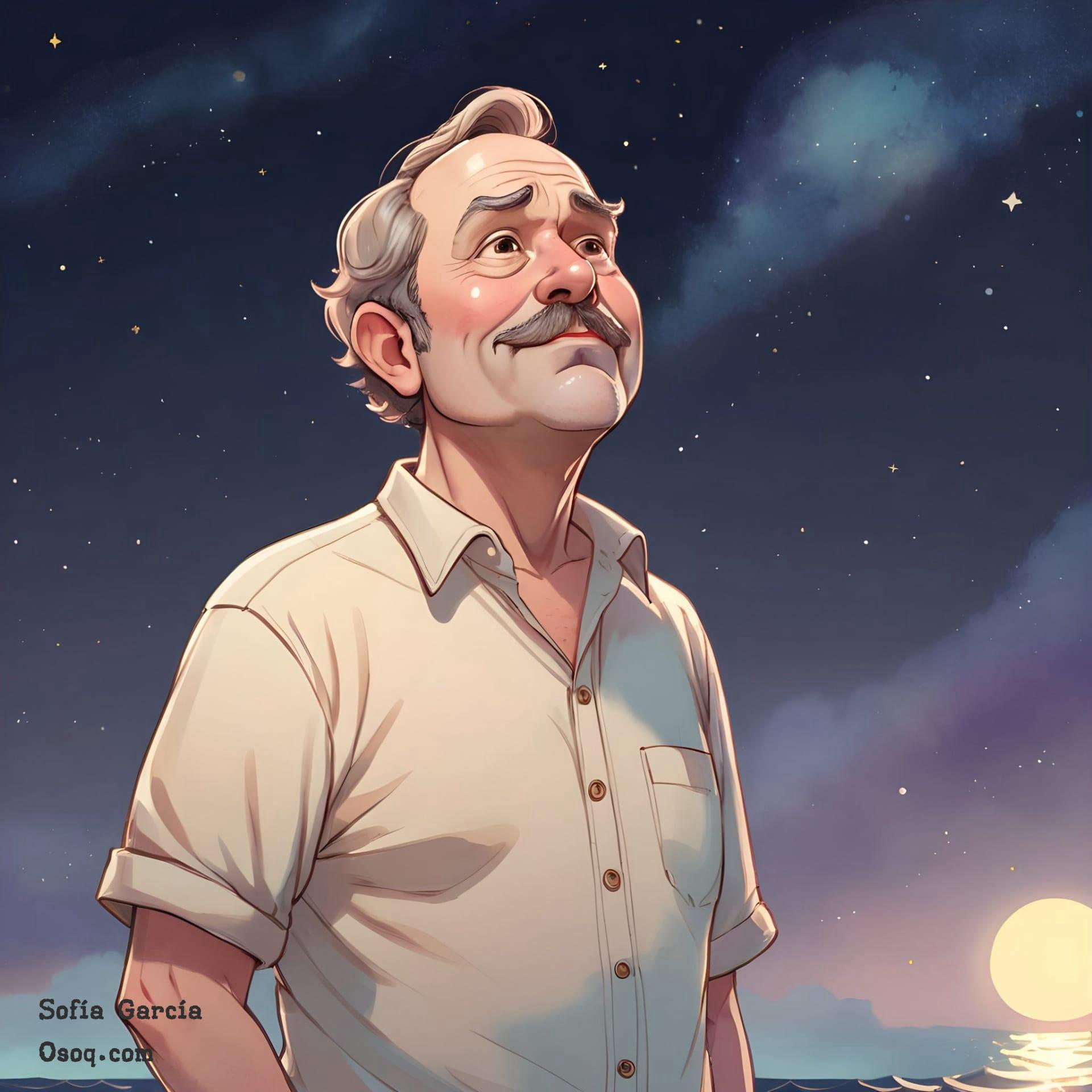
Backgrounds in cartoon portraits are usually minimalistic or stylized to keep the focus on the characters. However, sometimes detailed backgrounds are used to set the scene or mood.
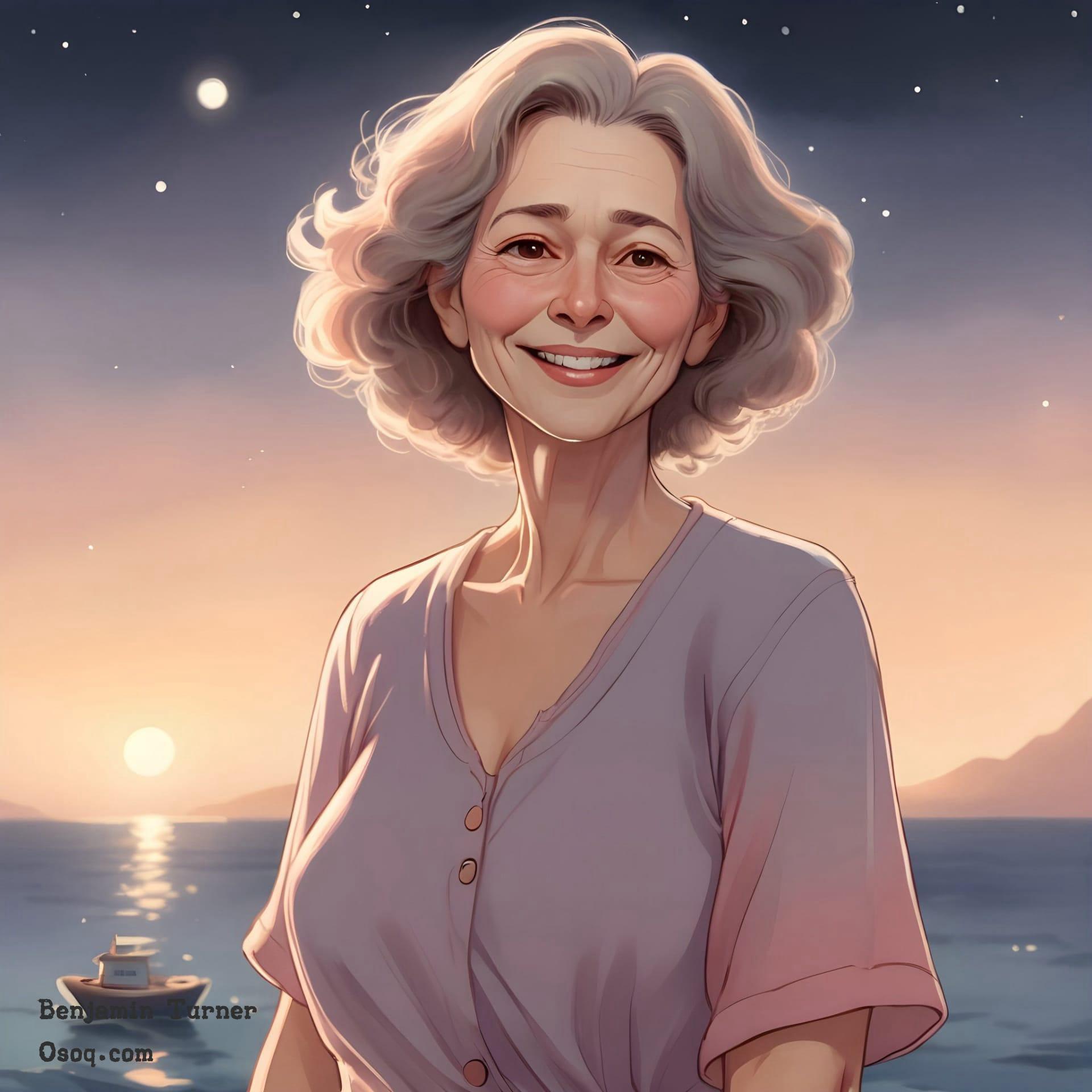
The clothing and accessories in cartoon portraits are often exaggerated or simplified, which adds to the overall style and helps in conveying the character’s personality.
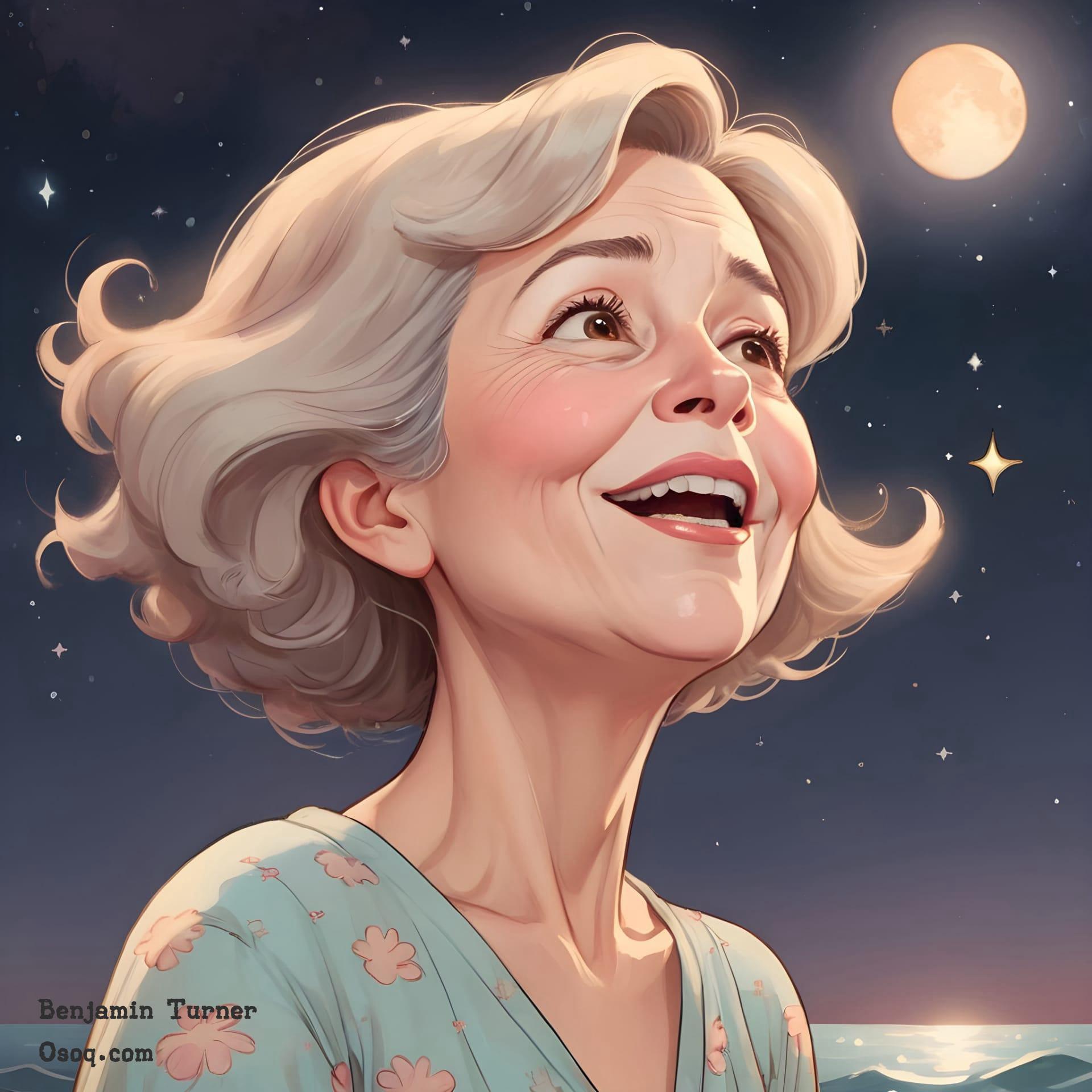
In cartoon portrait drawing, the expression is often the most important part of the character. It tells the viewer about the character’s mood and personality more vividly than anything else.
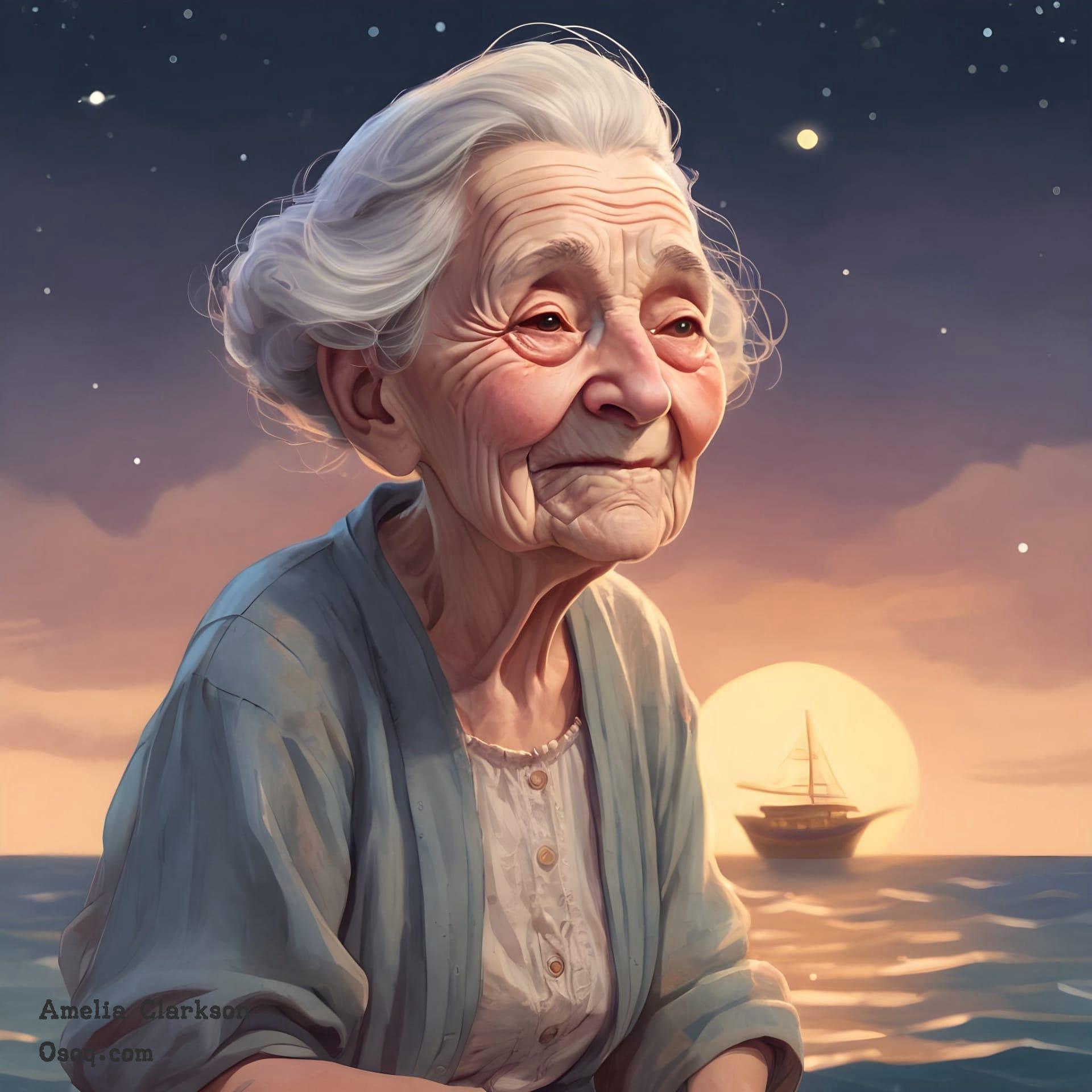
Learning cartoon portrait drawing can start with mimicking your favorite cartoons. This practice helps in understanding different styles and techniques used by various artists.
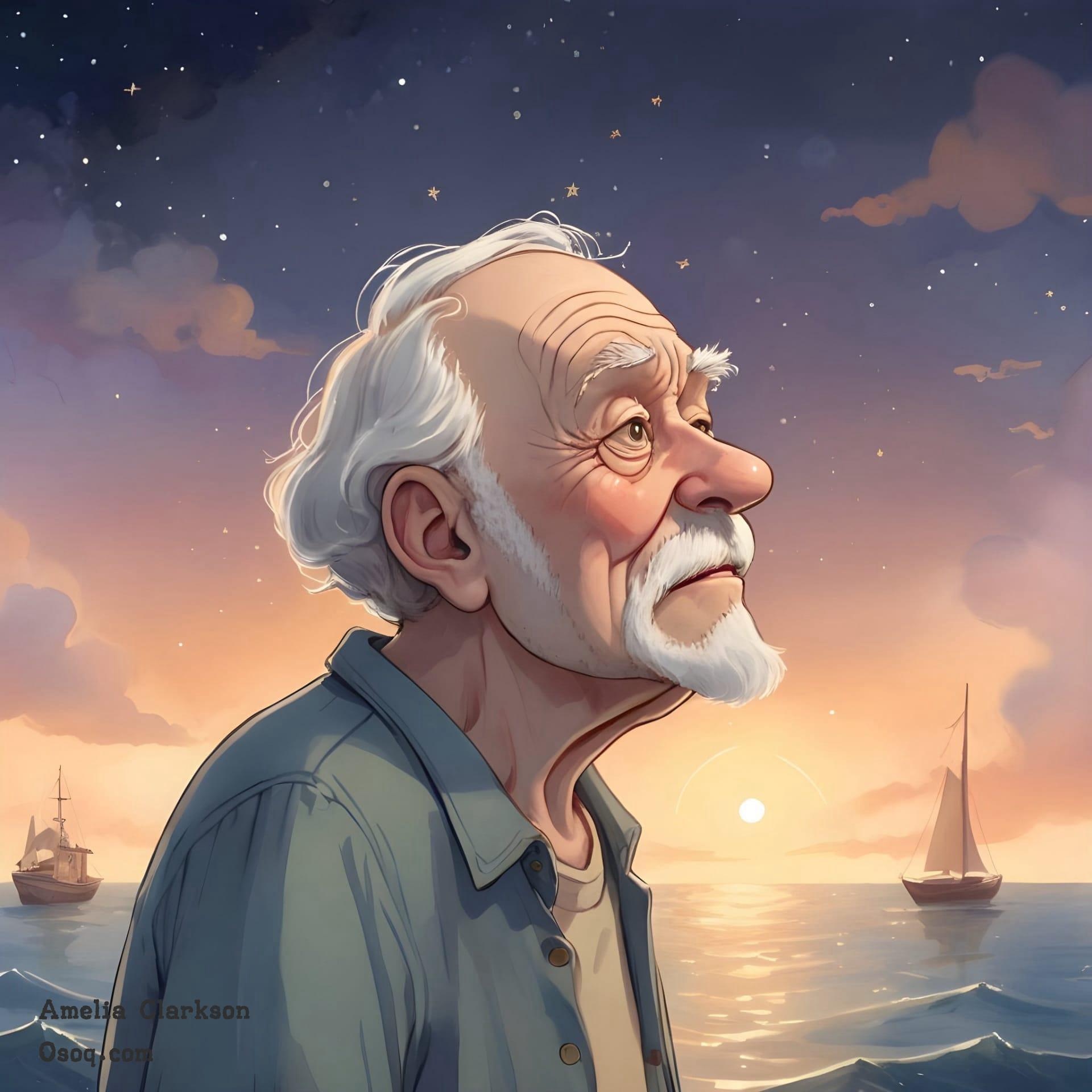
Cartoon portrait drawing has evolved over the years, incorporating elements from pop culture, fashion, and technology, reflecting changes in society.
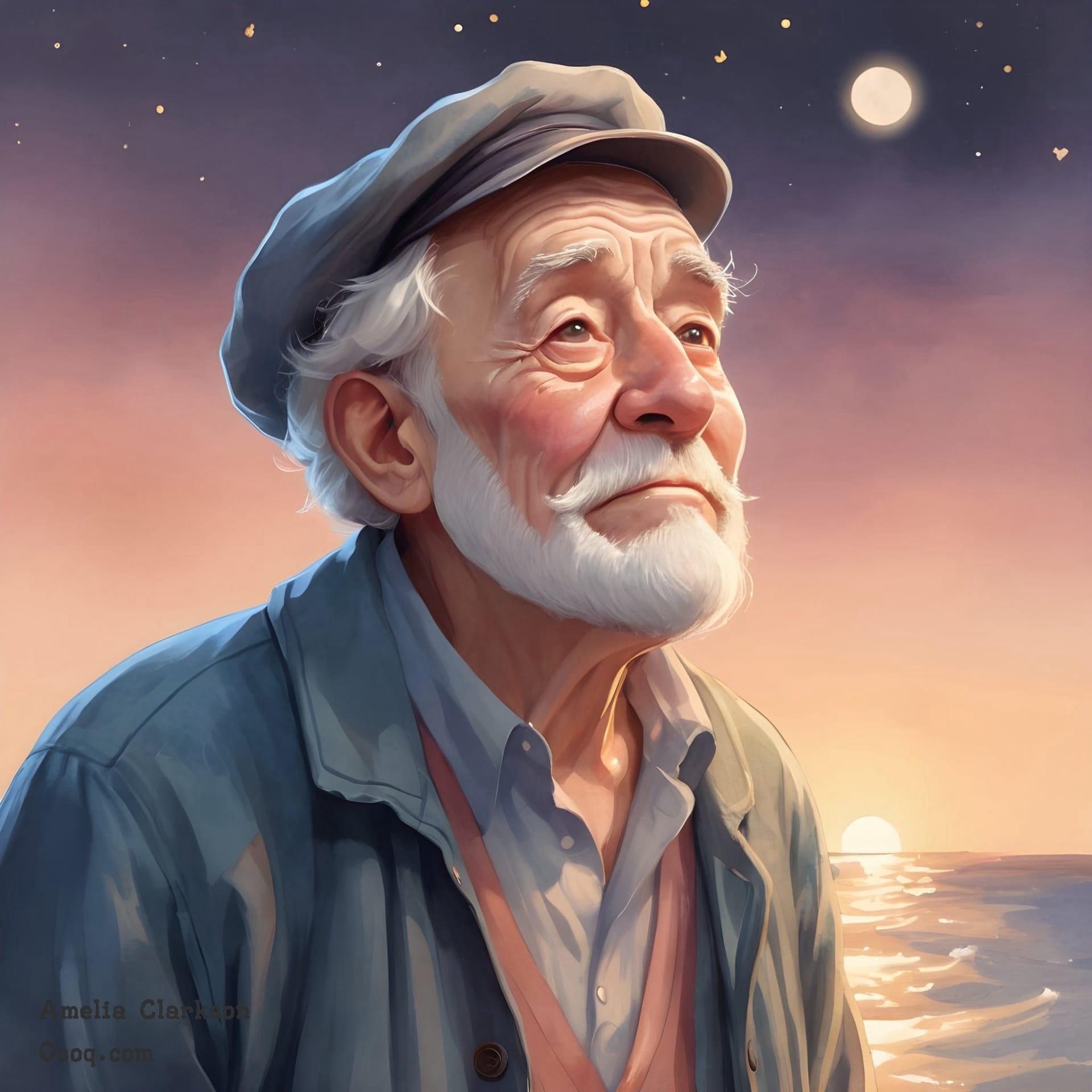
Sharing your cartoon portraits online can not only showcase your work but also connect you with other artists and fans of the genre, creating opportunities for feedback and collaboration.